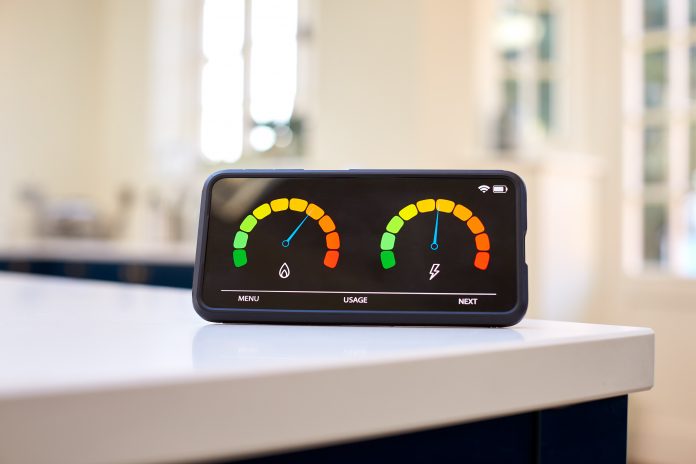The expected surge in the energy price cap to an alleged £4,266 in January 2023 not only puts immense pressure on households but exposes flaws in the Government’s domestic heating strategy
The expected energy price cap rise exposes flaws in the Government’s heating strategy, the Energy and Utilities Alliance (EUA) has warned.
The energy price cap is expected to reach £4,266 in January 2023.
The Heat and Building Strategy unveiled last October, which includes a key commitment of mass heat pump rollouts in British homes instead of gas boilers, has been condemned by EAU chief executive Mike Foster as ‘now dead in the water’.
Foster claims that the government is out of touch with the public
Foster goes on to say: “Research dictates a quarter of UK households across the UK have no savings, with some areas like the West Midlands at 42%. To continue to have a policy that asks people in the middle of an energy crisis to fit a heat pump costing as much as £10,000 is frankly perverse. The government needs to urgently come up with a credible domestic heating strategy that gives us a roadmap to heat our homes and deliver net zero.”
The government is currently subsidising a first wave of 90,000 heat pumps – the Boiler Upgrade Scheme – with a taxpayer subsidy of £5,000 that is costing £450 million.
Foster says the subsidy still leaves households trying to find the shortfall: “Consumers can’t afford heat pumps; they can’t afford to retrofit their homes with energy efficiency measures; they can’t afford new radiators or to pay for a hot water cylinder to be installed. Put bluntly, most can’t afford to pay the bills soon coming their way with Price Cap increases. They have no savings and yet the government’s strategy is still to ask them to fit a heat pump they won’t be able to afford.”
He continued: “We also need to whether subsidising heat pump installations is the best use of taxpayer’s cash. The subsidy would be more effective if targeted towards energy efficiency measures in the home, reducing bills for Brits reportedly already in debt on average £206 to profiting energy companies.
Critics have argued that loft insulation is a better investment than heat pump installation
Data from the Energy Savings Trust indicates £450 million would provide 849,000 lofts with insulation, saving households £216.5 million a year on bills, while reducing carbon emissions by 509,400 tonnes.
If used to fit cavity wall insulation, 375,000 homes would benefit, saving £106.9 million a year on bills and reducing carbon emissions by 251,250 tonnes.
He concluded: “We are in the middle of a cost-of-living crisis; bills are soaring and consumers hurting. Is now the time for taxpayers to pay a middle-class bung to fit a heat pump, when there are better ways of reducing bills for more people and cutting greater levels of carbon?
“We know Whitehall officials are worried it is failing. The total scheme, over three years, amounts to £450 million subsidising 90,000 heat pumps. That same amount means nearly one million homes could get free insulation, cutting bills by nearly £220 million a year. Surely that’s the greater prize in these difficult times?”














